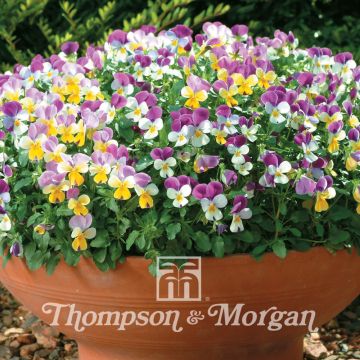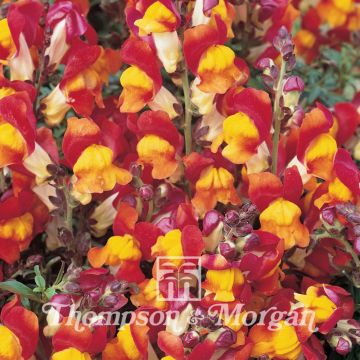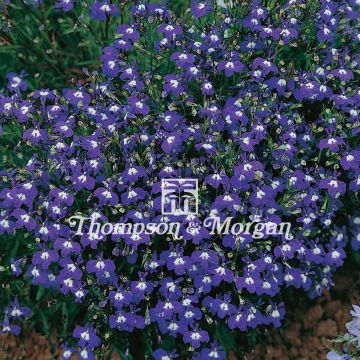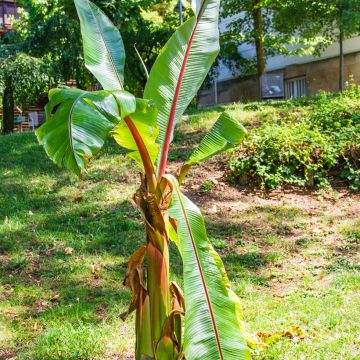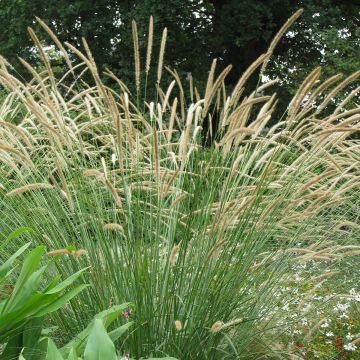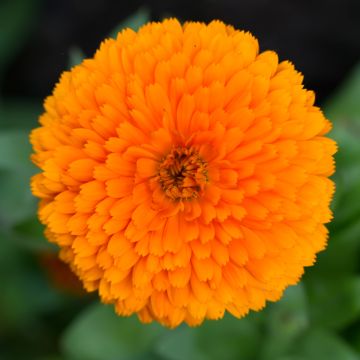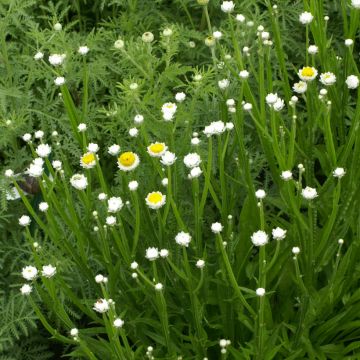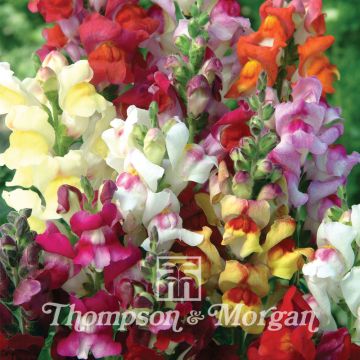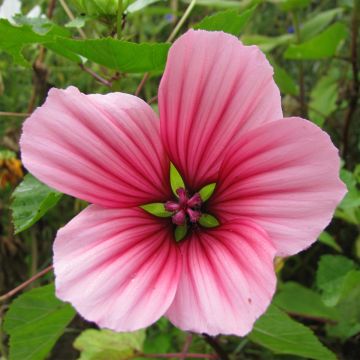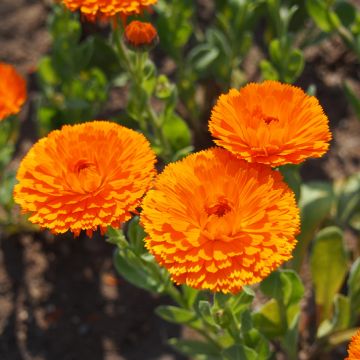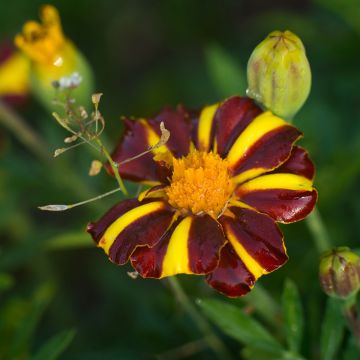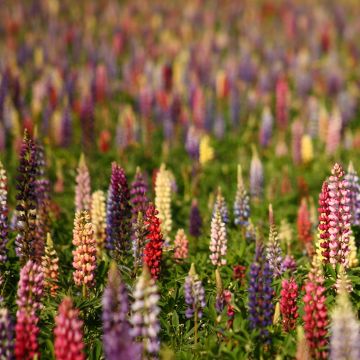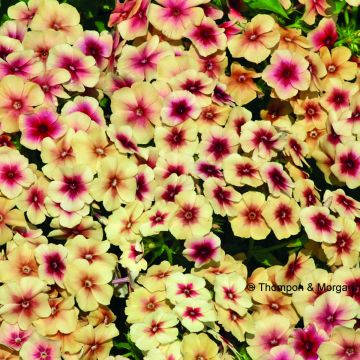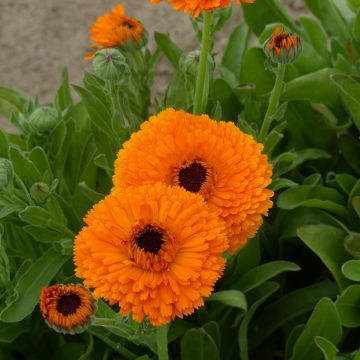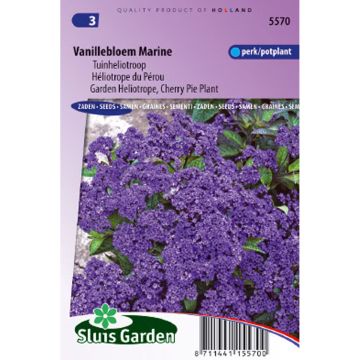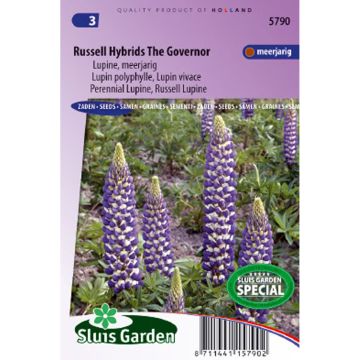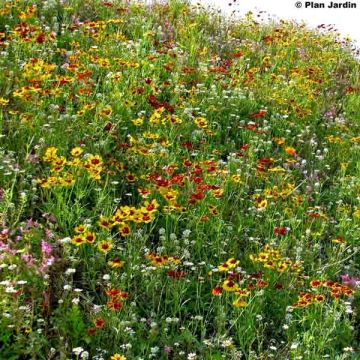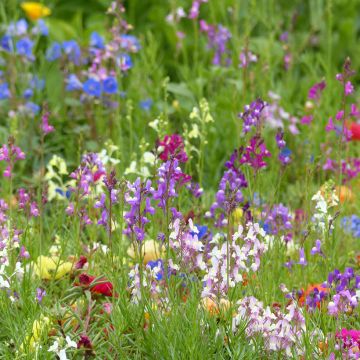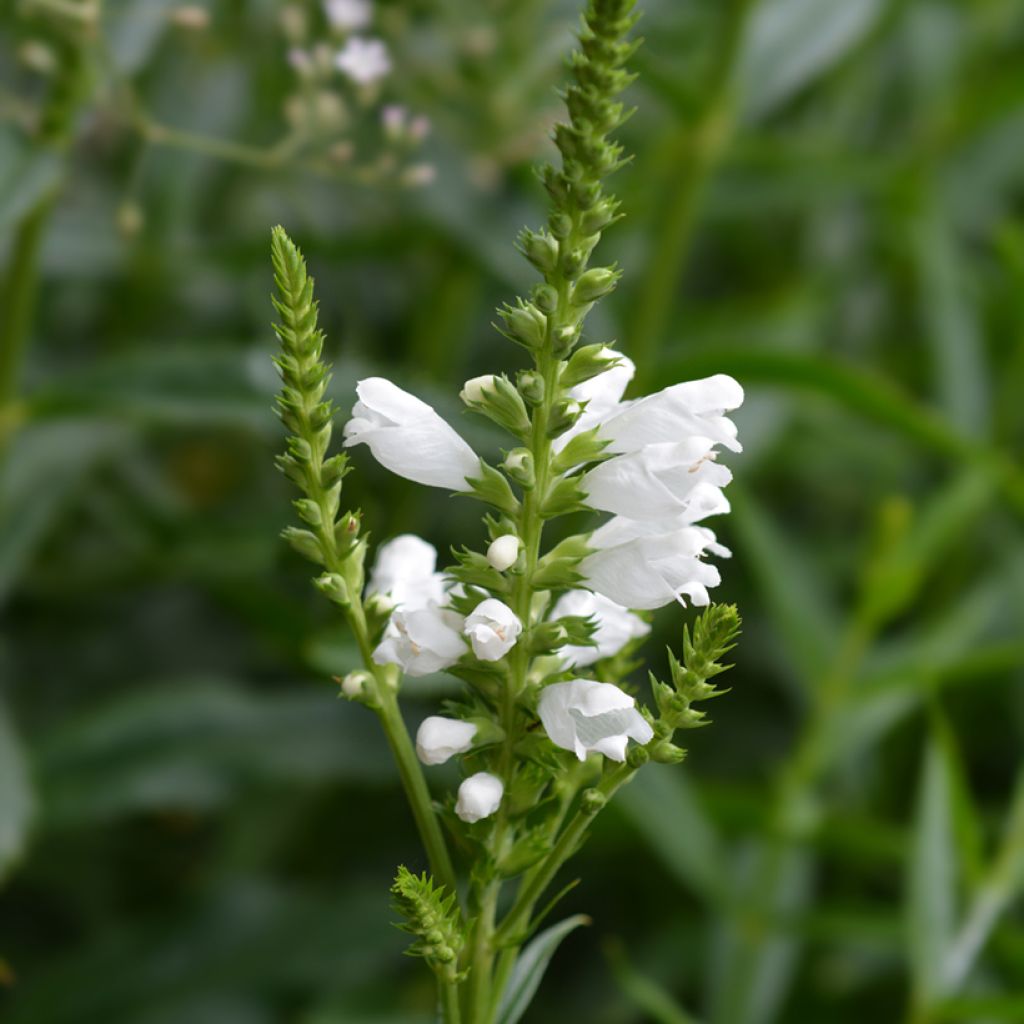

Physostegia Virginiana Summer Snow Seeds - Obedient plant
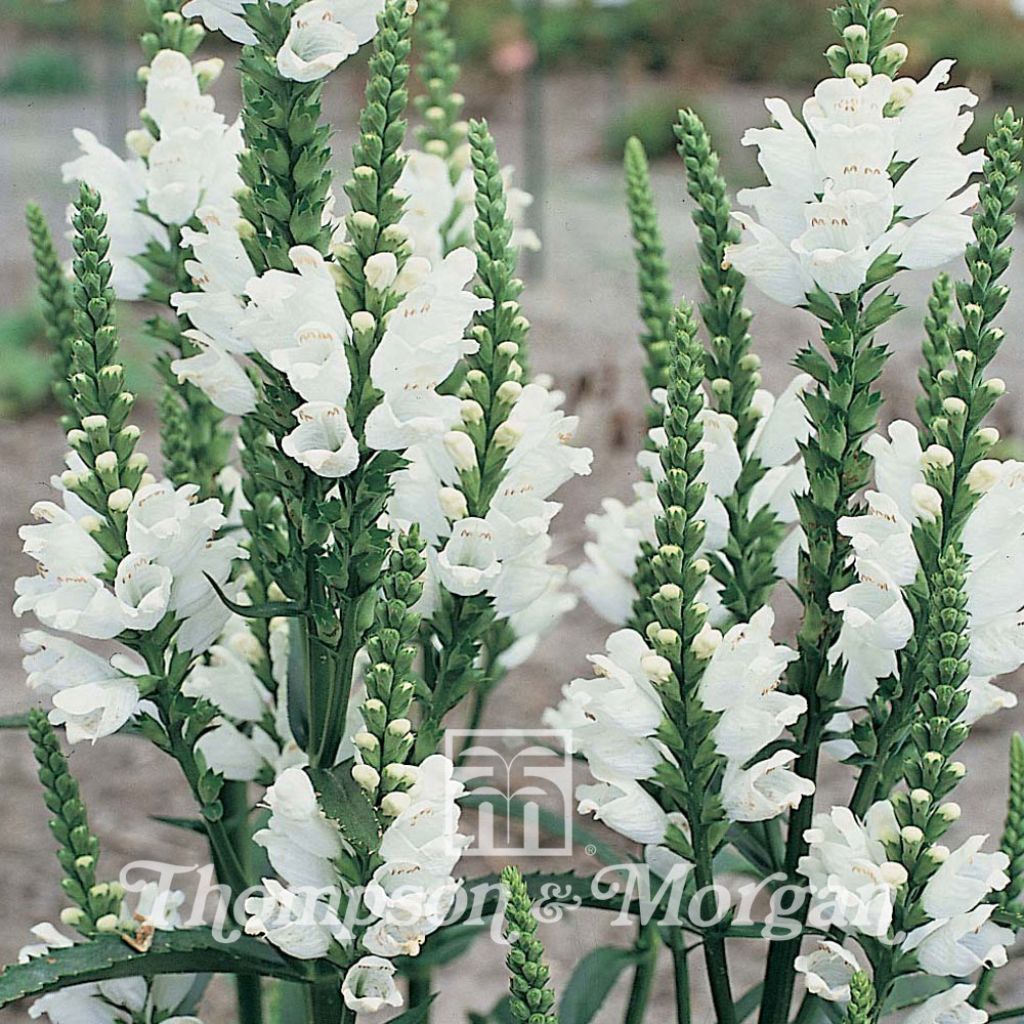

Physostegia Virginiana Summer Snow Seeds - Obedient plant
Physostegia Virginiana Summer Snow Seeds - Obedient plant
Physostegia virginiana Summer Snow
Obedient plant, Virginian False Dragonhead, Accommodation Flower, American Heather, Lady of the Lake, Lion's Heart, Mexican Heath
I find this packet containing very few seeds very expensive, so I regret this purchase. Now, we'll have to see if they will germinate.
Christine H., 19/02/2020
This item cannot be shipped to the selected country
Dispatch by letter from €3.90
More information
Schedule delivery date,
and select date in basket
This plant carries a 6 months recovery warranty
More information
We guarantee the quality of our plants for a full growing cycle, and will replace at our expense any plant that fails to recover under normal climatic and planting conditions.
Seed-only orders are dispatched by sealed envelope. The delivery charge for seed-only orders is €3.90.
Does this plant fit my garden?
Set up your Plantfit profile →
Description
Physostegia virginiana 'Summer Snow' in flower creates a small event in the garden. This very hardy, robust perennial presents a bushy clump that produces narrow, slightly erect, snowy candles in the summer, covered with mischievous white flowers. When pushed around the inflorescence's axis to face another direction, they permanently maintain their position, as if they have fallen into some sort of cataleptic state. Obedient plant requires sun and a fertile, humus-rich soil that stays moist to really flourish.
Physostegia virginiana Summer Snow belongs to the family Scrophulariaceae. It is a cultivar derived from Physostegia virginiana, a plant native to eastern and central North America. It is a herbaceous plant that presents a creeping rootstock that rapidly produces an erect clump of unbranched stems that measure up to 60 cm in height and width. The top of the 10-12 cm long spikes' stems are covered with small white tubular flowers that bloom in the middle of summer. The flowers are attached to the axis by a small organ that acts as a kind of articulation that allows the flower to orient itself in any direction and maintain its position. They are arranged into 4 rows. The deciduous foliage is composed of 10 cm long, narrow, lanceolate, shiny dark green leaves with serrated edges. The plant has a suckering habit and carries large white roots resembling those of bindweed, that allow it to slowly spread.
Physostegia virginiana Summer Snow is easy to grow and thrives in moist soils in the sun. It is often planted at the edge of ponds or used for making bouquets, as its flowers look very pretty and last long in floral arrangements in vases. It is also well suited to perennial and shrub beds where it combines well with summer asters (Aster novae angliae), the soft blooms of the 'Phantom' hydrangea or landscape roses with pastel-coloured flowers.
Report an error about the product description
Flowering
Foliage
Plant habit
Botanical data
Physostegia
virginiana
Summer Snow
Lamiaceae
Obedient plant, Virginian False Dragonhead, Accommodation Flower, American Heather, Lady of the Lake, Lion's Heart, Mexican Heath
Cultivar or hybrid
Other Thompson and Morgan seeds
Planting and care
Sowing time : February to July.
Sow Physostegia seeds in seed trays, pots, etc., in soil that has been prepared for sowing. Place in a propagator or a warm place to maintain at an optimal temperature of 20-25 °C. Place the seeds on the surface of a mixture of peat, sand and potting soil and do not exclude light. Germination is very slow and irregular. Keep the soil moist to wet, but not saturated with water at all times.
Transplant the plants when they are large enough to be handled into 8 cm pots. Grow on in a cold frame and plant them out the following spring, 60 cm apart, in full sun or part shade.
Cultivation :
Physostegia virginiana Summer Snow is planted in spring or autumn, at a density of 5 plants per m2. Plant in light, moist, moderately rich, good quality garden soil, in a sunny position sheltered from strong winds. The soil must be kept moist in summer. Despite its vigorous growth, this plant does not like competing with other plants' roots. Mulch the soil in June with grass clippings. Divide the clumps as late as possible, about every five years. This plant is a remarkable sight in the sandy, loamy, moist soils of the Seine Valley.
Sowing period
Intended location
-
, onOrder confirmed
Reply from on Promesse de fleurs
Flower seeds
Haven't found what you were looking for?
Hardiness is the lowest winter temperature a plant can endure without suffering serious damage or even dying. However, hardiness is affected by location (a sheltered area, such as a patio), protection (winter cover) and soil type (hardiness is improved by well-drained soil).

Photo Sharing Terms & Conditions
In order to encourage gardeners to interact and share their experiences, Promesse de fleurs offers various media enabling content to be uploaded onto its Site - in particular via the ‘Photo sharing’ module.
The User agrees to refrain from:
- Posting any content that is illegal, prejudicial, insulting, racist, inciteful to hatred, revisionist, contrary to public decency, that infringes on privacy or on the privacy rights of third parties, in particular the publicity rights of persons and goods, intellectual property rights, or the right to privacy.
- Submitting content on behalf of a third party;
- Impersonate the identity of a third party and/or publish any personal information about a third party;
In general, the User undertakes to refrain from any unethical behaviour.
All Content (in particular text, comments, files, images, photos, videos, creative works, etc.), which may be subject to property or intellectual property rights, image or other private rights, shall remain the property of the User, subject to the limited rights granted by the terms of the licence granted by Promesse de fleurs as stated below. Users are at liberty to publish or not to publish such Content on the Site, notably via the ‘Photo Sharing’ facility, and accept that this Content shall be made public and freely accessible, notably on the Internet.
Users further acknowledge, undertake to have ,and guarantee that they hold all necessary rights and permissions to publish such material on the Site, in particular with regard to the legislation in force pertaining to any privacy, property, intellectual property, image, or contractual rights, or rights of any other nature. By publishing such Content on the Site, Users acknowledge accepting full liability as publishers of the Content within the meaning of the law, and grant Promesse de fleurs, free of charge, an inclusive, worldwide licence for the said Content for the entire duration of its publication, including all reproduction, representation, up/downloading, displaying, performing, transmission, and storage rights.
Users also grant permission for their name to be linked to the Content and accept that this link may not always be made available.
By engaging in posting material, Users consent to their Content becoming automatically accessible on the Internet, in particular on other sites and/or blogs and/or web pages of the Promesse de fleurs site, including in particular social pages and the Promesse de fleurs catalogue.
Users may secure the removal of entrusted content free of charge by issuing a simple request via our contact form.
The flowering period indicated on our website applies to countries and regions located in USDA zone 8 (France, the United Kingdom, Ireland, the Netherlands, etc.)
It will vary according to where you live:
- In zones 9 to 10 (Italy, Spain, Greece, etc.), flowering will occur about 2 to 4 weeks earlier.
- In zones 6 to 7 (Germany, Poland, Slovenia, and lower mountainous regions), flowering will be delayed by 2 to 3 weeks.
- In zone 5 (Central Europe, Scandinavia), blooming will be delayed by 3 to 5 weeks.
In temperate climates, pruning of spring-flowering shrubs (forsythia, spireas, etc.) should be done just after flowering.
Pruning of summer-flowering shrubs (Indian Lilac, Perovskia, etc.) can be done in winter or spring.
In cold regions as well as with frost-sensitive plants, avoid pruning too early when severe frosts may still occur.
The planting period indicated on our website applies to countries and regions located in USDA zone 8 (France, United Kingdom, Ireland, Netherlands).
It will vary according to where you live:
- In Mediterranean zones (Marseille, Madrid, Milan, etc.), autumn and winter are the best planting periods.
- In continental zones (Strasbourg, Munich, Vienna, etc.), delay planting by 2 to 3 weeks in spring and bring it forward by 2 to 4 weeks in autumn.
- In mountainous regions (the Alps, Pyrenees, Carpathians, etc.), it is best to plant in late spring (May-June) or late summer (August-September).
The harvesting period indicated on our website applies to countries and regions in USDA zone 8 (France, England, Ireland, the Netherlands).
In colder areas (Scandinavia, Poland, Austria...) fruit and vegetable harvests are likely to be delayed by 3-4 weeks.
In warmer areas (Italy, Spain, Greece, etc.), harvesting will probably take place earlier, depending on weather conditions.
The sowing periods indicated on our website apply to countries and regions within USDA Zone 8 (France, UK, Ireland, Netherlands).
In colder areas (Scandinavia, Poland, Austria...), delay any outdoor sowing by 3-4 weeks, or sow under glass.
In warmer climes (Italy, Spain, Greece, etc.), bring outdoor sowing forward by a few weeks.

































